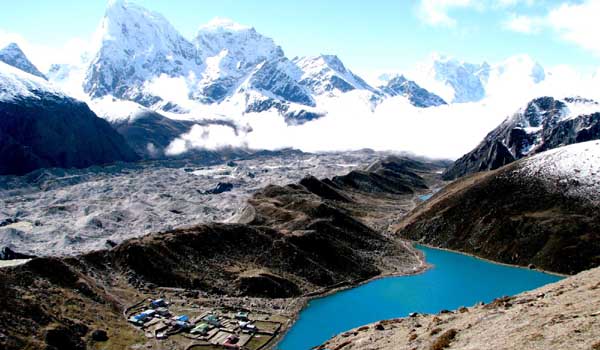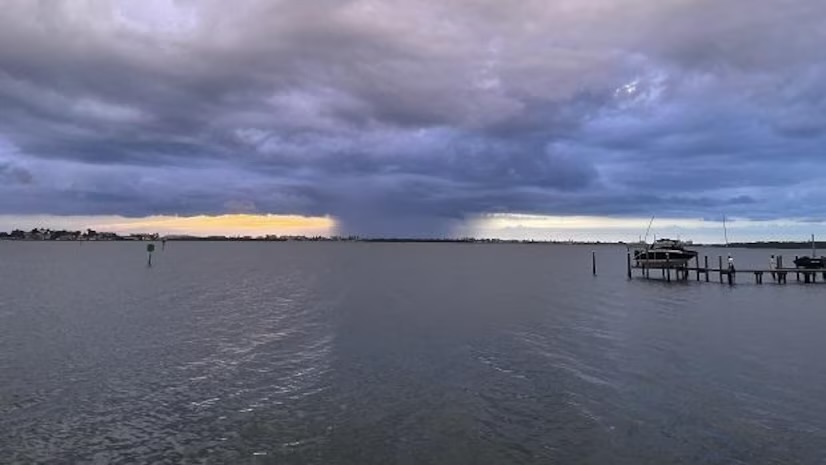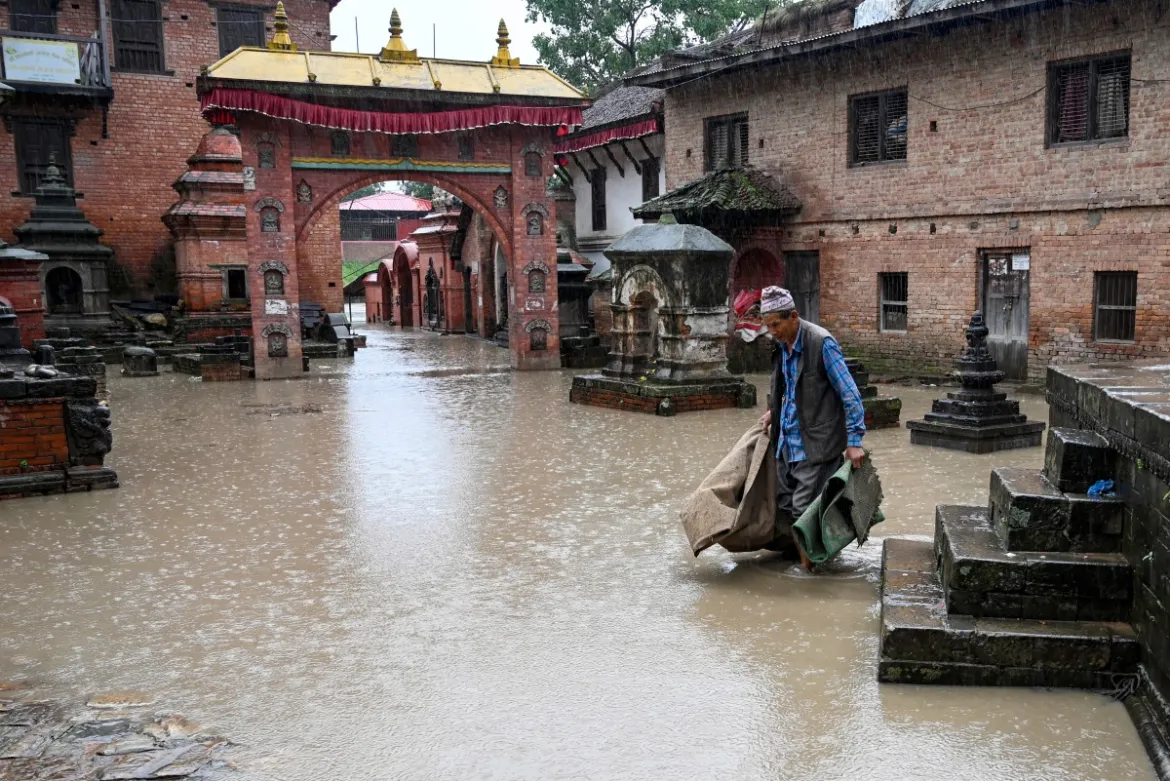Study Finds Over Half of World’s Large Lakes and Reservoirs Have Shrunk Due to Climate Change

London – A recent study conducted by an international team of researchers has revealed that more than 50% of the world’s large lakes and reservoirs have experienced significant shrinkage since the early 1990s, primarily due to climate change. The findings have raised concerns about the availability of water for agriculture, hydropower, and human consumption.
The study, led by Fangfang Yao, a surface hydrologist at the University of Virginia, analyzed nearly 2,000 large lakes using satellite measurements and climate and hydrological models. The research highlighted the alarming rate at which some of the most critical freshwater sources, such as the Caspian Sea and Lake Titicaca, have been losing water. The cumulative rate of water loss across these lakes amounted to approximately 22 gigatonnes per year over a span of nearly three decades, equivalent to about 17 times the volume of Lake Mead, the largest reservoir in the United States.
Yao emphasized that 56% of the decline in natural lakes could be attributed to climate warming and human consumption, with warming playing a larger role. This contradicts the common assumption that arid areas will become drier and wet areas wetter under climate change. Even humid regions experienced significant water loss, indicating the gravity of the situation.
The causes behind the shrinking lakes are multifaceted. Unsustainable human use, changes in rainfall and run-off patterns, sedimentation, and rising temperatures have collectively contributed to the decline in lake levels globally. From 1992 to 2020, 53% of the assessed lakes showed a decrease in size, impacting nearly 2 billion people living in drying lake basins. Many regions have already been facing water shortages in recent years.
The study’s findings underscore the urgency of limiting global warming to prevent the most catastrophic consequences of climate change. Climate scientists and campaigners have long advocated for keeping the temperature rise below 1.5 degrees Celsius (2.7 degrees Fahrenheit). However, the current rate of global warming stands at approximately 1.1 degrees Celsius (1.9 degrees Fahrenheit).
The study highlighted specific examples of lake shrinkage caused by unsustainable human use, such as the Aral Sea in Central Asia and the Dead Sea in the Middle East. Rising temperatures have also impacted lakes in Afghanistan, Egypt, and Mongolia, leading to increased water loss to the atmosphere. However, it’s worth noting that water levels rose in 25% of the lakes analyzed, primarily due to dam construction in remote areas like the Inner Tibetan Plateau.
The research serves as a wake-up call for policymakers and governments worldwide to address the urgent need for sustainable water management practices and prioritize climate change mitigation efforts. Failure to do so could exacerbate water scarcity issues, impacting agriculture, energy generation, and human livelihoods in the future.



















Facebook Comments